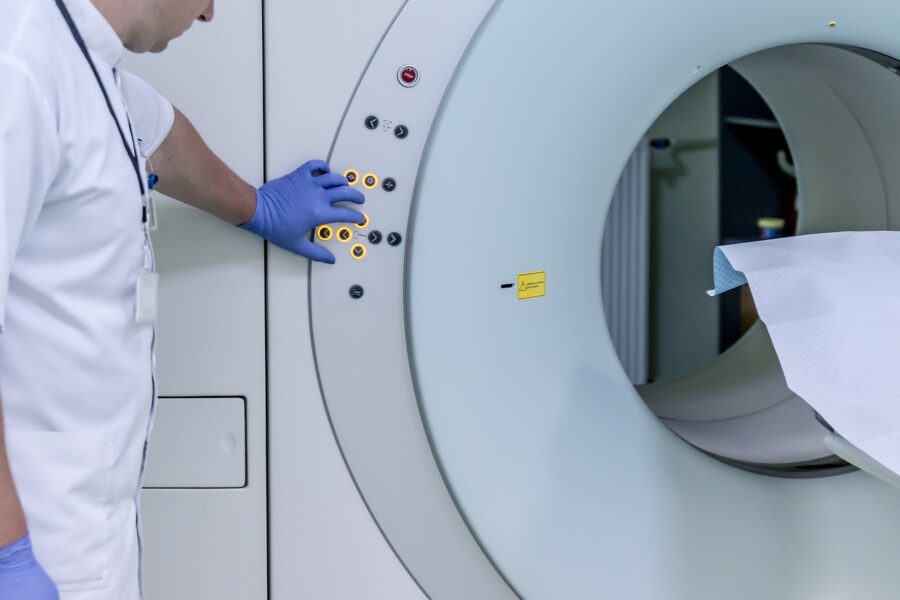Opthea (ASX/NASDAQ: OPT) has announced the publication of new findings from its Phase 2b study on sozinibercept for wet age-related macular degeneration (wet AMD) in Ophthalmic Surgery, Lasers and Imaging (OSLI) Retina. The study highlights baseline angiographic lesion characteristics that predict patient response to sozinibercept combination therapy, offering key insights for future treatments.
Key Findings
The study examined treatment-naïve wet AMD patients receiving sozinibercept (OPT-302) plus ranibizumab and found:
- Patients with occult and minimally classic lesions (excluding RAP)—which made up 73% of the trial population—saw a statistically significant 5.7-letter gain in visual acuity compared to ranibizumab alone.
- These patients were also more likely to gain ≥15 letters and showed better retinal drying with reduced CNV area at 24 weeks.
- These findings align with real-world data and have influenced the design of Opthea’s ongoing Phase 3 trials.
What’s Next?
Opthea’s Phase 3 trials, COAST and ShORe, are fully enrolled and designed to evaluate sozinibercept in combination with standard anti-VEGF-A treatments.
- COAST topline data is expected in early Q2 2025
- ShORe topline data is expected in mid-2025
“With wet AMD affecting 3.5 million people in the U.S. and Europe, the need for more effective treatments is clear,” said Opthea CEO Frederic Guerard. “These new findings reinforce sozinibercept’s potential, and we look forward to the upcoming Phase 3 results.”
If successful, sozinibercept could be approved for use with any anti-VEGF-A therapy, a major step forward in improving vision outcomes for wet AMD patients.




